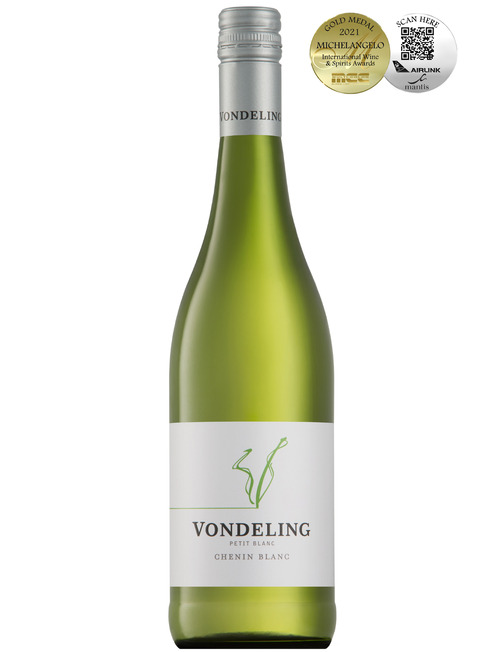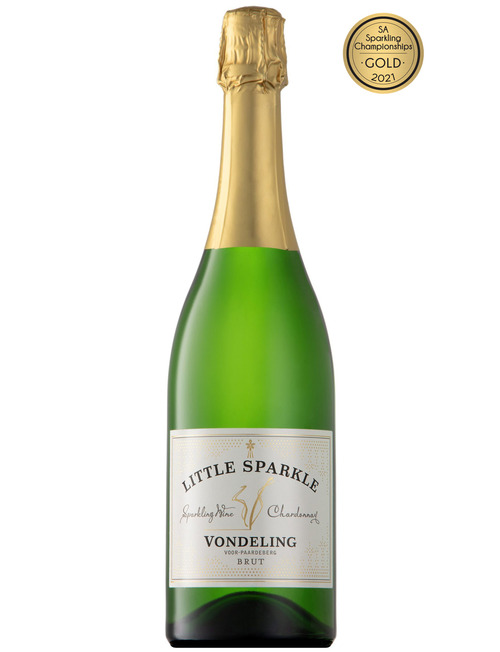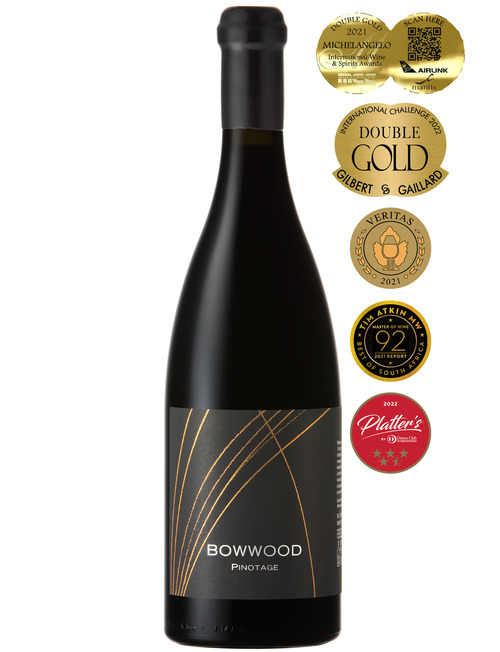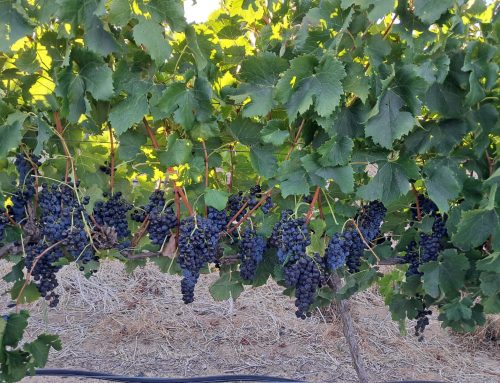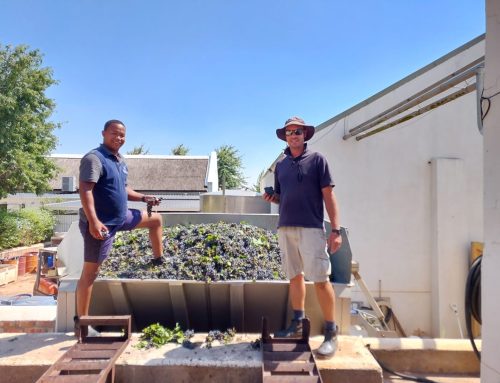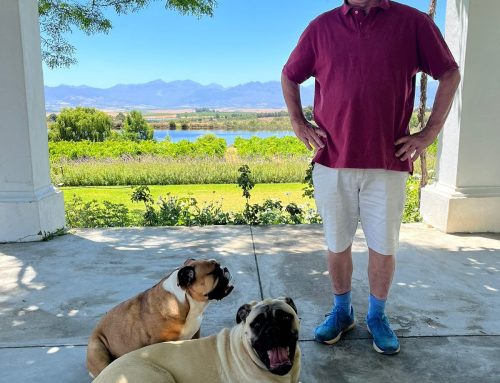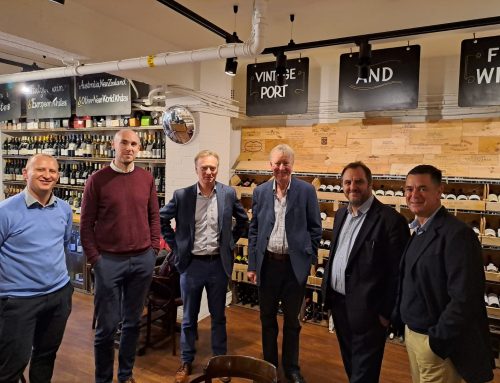It is always interesting to see the wine harvest season characteristics from year to year as no two seasons will ever be the same.
We discuss the the challenges, highlights and differences between the 2021 and 2022 seasons at Vondeling Wines.
At the beginning of the 1800s, Olaf Bergh set foot on the fertile soil of what we know today as the Voor-Paardeberg.
Here we find Vondeling Wines, one of the oldest wine farms in the Cape Region and nestled within the very heart of the third oldest town in South Africa, Paarl.
Vondeling’s vineyards line the slopes of the Paardeberg Mountain, with the upper reaches rich in fynbos and biodiversity, that they strive to protect and preserve.
Vondeling’s focus is that of a holistic approach.
We use the least possible intervention in the winemaking process and this approach is what gives our wines their unique harvest character.
The granitic soils in which our vines find rest and the cool southwest-facing slopes create a favourable climate for the various varietals.
We pick in the cool, early mornings, and the very first to be picked were the grapes used to create Vondeling’s widely sought-after Chenin Blanc.
There is a 50/50 red-to-white varietal ratio on our farm with a distinctly Mediterranean slant when looking at the most recent harvests.
Whether your preference for wine leads you to a rich Pinotage or a vibrant Chenin Blanc, you’ll be surprised to find that Vondeling’s terroir and climate allows for a significant number of varietals to be grown.

An Overview of Vondeling’s 2022 Wine Harvest Season
Our Harvest: Challenges & Highlights
This year we experienced a two-week delay at the beginning of our harvest period due to lower temperatures in our region compared to previous years, and thus our 2022 vintage will be remembered for its cooler season and the sporadic heat waves that emerged in January.
Vondeling’s vineyards are known to be tough; they are resilient as a result of our sustainable wine farming practices, and because of this resilience, our vines were able to swiftly recover from the heat that they experienced and achieve a wonderful balance before our grape picking around the end of January and beginning of February.
This year’s considerably smaller crop ripened slowly on the foothills of the Paardeberg, but we remained confident that 2022 was sure to produce beautiful results.
The delayed ripening process that we experienced this year was ultimately the cause for our delayed harvest, but this was a blessing in disguise – the drawn-out harvest period provided Vondeling’s grapes with the perfect amount of time to receive the attention that they deserved.
We followed our meticulously planned vineyard practices despite the delay, and with this kind of patience, we were certain that exceptional wine quality would be delivered.

Growing Seasons: 2021 & 2022
Last year’s growing season played an important role in the build-up to our 2022 harvest season.
For instance, the water supply and the weather, as well as the amount of rainfall the area experienced, all affected when we could expect our harvesting to commence.
Thankfully, due to the rainfall that nature blessed us with in the winter months, post-harvest irrigation and the application of fertiliser were made possible since we had replenished and sufficient groundwater reserves and cover crops were able to survive with this additional supply despite being planted later than usual.
The cooler weather experienced also delayed the initial shoot growth, though most vines were able to catch up.
Experienced wine grape producers know that each harvest season requires planning for unsuspected outcomes, and therefore, thinking on their feet.
With the unpredictable changes that we experience each year in weather, wine farmers have to learn to adapt to rise to the occasion and reap what they sow after the growing season.
Last year’s winter season proved to be a fruitful one for wine farmers; however, the weather was predominantly above-average temperatures, with notions of snow on the tip of the mountains in the Cederberg and Cape region.
This year’s season was somewhat different, and it’s for those inconsistencies that wine farmers need to prepare.
This past summer was one such occasion as the warmer temperatures experienced led to the drastic growth of shoots and leaves.
And although processes were in place to keep the vineyards clean from fallen leaves and provide shade for protection, some regions had to manage sun damage more dynamically due to the sudden spike in temperatures.
Growing seasons are never the same, and wine farmers need to expect the unexpected.
Some regions may experience sudden heat peaks, and others may be subject to unexpected rainfall which can lead to other challenges such as high disease pressure.
Regardless of what the season may bring, it’s important to acknowledge factors like the availability of natural resources (e.g. groundwater) and climate change.
Harvesting Differences: 2021 & 2022
Paarl’s seasons were much cooler than usual for the 2022 vintage, and this period also experienced an unusual spike in temperature near the end of the ripening process which contributed to a smaller wine crop than last year.
During South Africa’s 2021 harvest, a wine grape crop of an estimated 1,461,599 tonnes was picked whereas the 2022 wine grape crop is estimated at 1,378,737 tonnes.
Early cultivars were harvested this year with good flavour and sugar concentrations, lower acidity and higher pH levels than in 2021, and later cultivars benefited from the dry, moderate temperatures during their ripening process.
According to Wines of South Africa (WOSA), this spike in temperature is ultimately what led to the grapes’ full ripening at good sugar and alcohol levels despite the cooler season.
At Vondeling, our wine grape harvest was longer than usual in 2022 but it also kicked off slightly later due to the delayed ripening process.
Currently, our late harvest seems to have favoured the wines that are usually seen as the early ripeners, Pinotage on red wine and Chenin Blanc on white, and so far we are pleased with the quality of our harvest.
Siobhan Thompson, the CEO of WOSA, recently said that despite this year’s harvest being “slightly more challenging” for us local winemakers, there has been an opportunity to taste some of the first releases and most have proven remarkable in quality.
The quality of wine is often likely “to aid the premiumisation of the category”, according to Thompson, and it certainly shows – Vondeling’s 2022 Petit Blanc Chenin Blanc, for example, has already been awarded Gold in the Gilbert Gaillard Awards.
We are thrilled to see what our 2022 wine grape harvest will produce for our vintages this year, but also what the quality will look like for the rest of Vondeling’s favourites.

Interesting Facts About Vondeling Wines
Vondeling was first given to Olof Bergh, a well-known name amongst brandy enthusiasts, by Willem van der Stel who was the Governor of the Cape in 1704.
Besides Groot Constantia, Vondeling Wines is one of the oldest wine farms in the Cape.
Not only is Vondeling rich in history, but geology too.
Some of the oldest rocks, by nearly 1000 million years, can be found in the Voor-Paardeberg region.
The decomposed granite soil, along with the cool South Westerly winds, provides the perfect climate for us to harvest grapes and produce quality wine.
There are numerous wine farms in the Cape Region that focus solely on one or two cultivars; however, Vondeling’s geographical setting on the slopes of Paarl Mountain allows for a different climate compared to the foothills.
These conditions allow us to grow and harvest both white and red grapes and each vineyard is planted and pruned according to its unique environment.
The slopes can experience some of the most excruciating heat, but this is the perfect area for us to plant grape varietals that are best suited for hot and dry conditions.
Our Mourvedre and Carignan grapes, for example, flourish in this heat.
These vineyards are also not trellised so that the grapes are better protected and shaded from the harsh sun rays.
Vondeling Wines is passionate about working with nature and not against it, and we believe wholeheartedly in sustainable wine farming practices.
To read more about our sustainability efforts, visit the link below.
Region Characteristics & Grape Harvesting at Vondeling Wines
Paarl Wine Farms
Like any fine wine, our wine region took time to establish itself in South Africa.
The first wine was bottled in 1659 by Governor Jan van Riebeeck who initially planted wine grapes to keep scurvy at bay.
Most sailors who travelled the Spice Route had scurvy at the time, and from this history, wine farms were rooted in the Cape Wine and Paarl regions.
As mentioned before, Vondeling was once owned and farmed by the same owner as the oldest wine farm in South Africa, Groot Constantia.
Therefore, our land has been steeped in vinous history since its inception.
Paarl and Wellington specifically were renowned for their excellent craftsmanship in wagon making.
Vondeling has also, in modern days, been sought out for its superb cart horses that were bred and competed with.
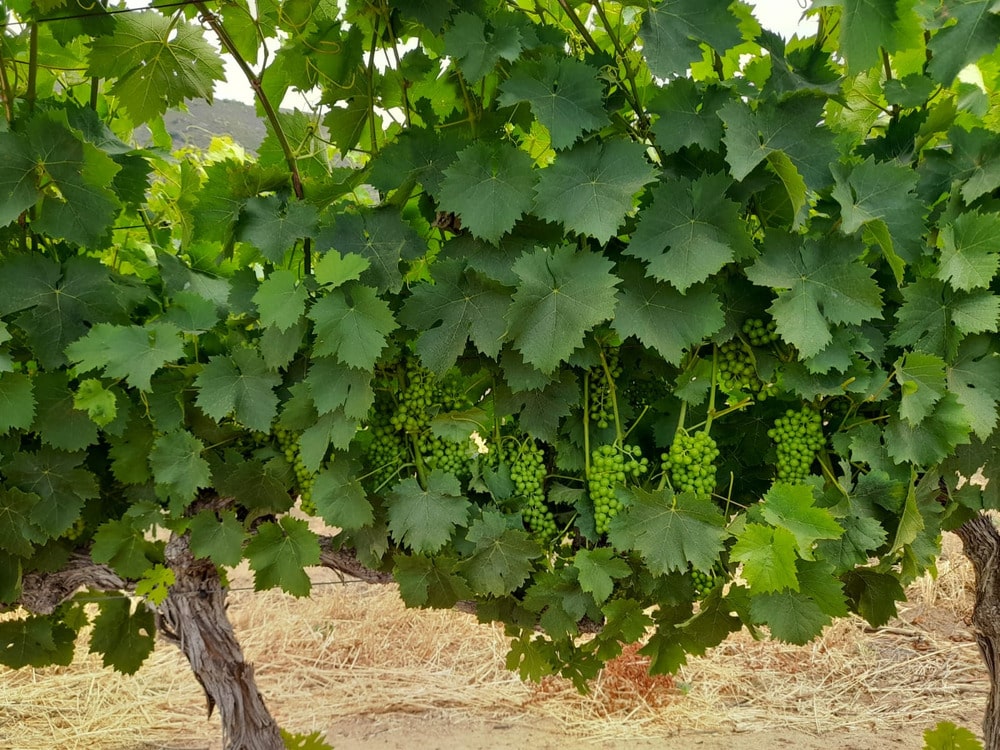
Climate
Viticulture is the cultivation, growing, and harvesting of grapes, and this process mainly occurs in Mediterranean climates.
The Cape’s cooler weather provides the ideal conditions for growing a wide range of noble wine cultivars.
This is where Vondeling Wines identified the prospects and plucked the fruits of their successful 2022 wine and grape harvest.
The Paarl region is not only one of the most prestigious areas with spectacular views to enjoy a late-harvest wine, but it also experiences the ideal climate for grape picking.
The Paardeberg Mountain’s terrain and multi-directional valley slopes, besides the cool sea breeze from the Atlantic Ocean, aid in the moderate summer warmth one can experience.
Apart from the moisture-laden breeze experienced during the afternoon, seasonal fog is also prevalent in the Voor-Paardeberg region.
Add sufficient sunshine to the mix, and the perfect Mediterranean climate is what you can expect during the wine harvesting season.
Soil Types & Composition
Paarl Rock is formed by batholiths (three rounded outcrops) that comprise Paarl Mountain.
This magnificent granite mountain is the second largest granite outcrop in the world, with Yosemite in the USA as the first.
The fertile soil includes deposits of sedimentary shales, sandstone with volcanic basalt intrusions and decomposed granite to form the leached soils of what we find today around the Voor-Paardeberg.
Granite-rich soil is particularly fertile because of its nutrient-rich composition; it contains phosphorus, iron, magnesium and calcium.
These are soil profiles that uniquely influence vine growth, grape flavour, juice and sugar concentration – all of which are crucial factors that play a role in quality grape harvesting.
This is one of the main reasons why Vondeling focuses so intently on giving nutrients back to our soil so that it can continue to provide quality grapes for generations to come.
We are actively involved in preserving and protecting our biodiversity and natural heritage, and it all begins with respecting nature with sustainable farming practices.

Vineyard Growing Methods for Wine
When it comes to the art of growing grapevines in a particular style, there are a few viticultural techniques and vineyard factors to consider before getting started.
Based on this knowledge, wine-grape farmers in different regions may use various ways to grow grapes.
Factors to consider before selecting a vine training method are the site or area in which the vine will be planted, the soil vigour (i.e. the nutrients in the soil), the grapevine vigour, the availability of water in the area, the growing climate of the area, and the amount of labour available.
By considering these factors, Vondeling opts to use two main methods to grow and maintain our vineyards:
- Vertical Shoot Positioning (VSP)
- Bush Vines
Vertical Shoot Positioning (VSP) is one of the most common methods used in modern-day grape cultivation.
This method involves growing vines in rows along a trellis wire where each grapevine has one or two support stakes.
Trellising allows for maximum airflow, therefore reducing the need for harsh chemicals because the fungal pressure is decreased, and it is also sustainable because it supports drip irrigation.
VSP is a method that offers additional sun exposure for the vines, meaning that the plant’s photosynthesis is maximised for optimal ripening, and it also minimizes overhead costs which is a plus!
Bush Vines are possibly one of the oldest methods used in grape cultivation and it is also unique in that this method allows the vine to grow naturally by itself in whichever shape or form it may take.
Occasionally, one or two support stakes can be used but for the most part, these vines are allowed free reign.
This method is a great way for farmers to protect and shade their more vulnerable grapes from harsh elements such as the heat of the sun and vigorous winds or rain – at Vondeling, we use this method for the vines that grow on the slopes of Paarl Mountain.
2022 Wine Harvest Season: Our Final Thoughts
Vondeling has gone to great lengths to ensure that our fertile soil and Mediterranean climate are taken advantage of, especially when it comes to the planting and harvesting of a variety of white and red grapes on our farm.
We believe that with minimal intervention during our winemaking process and a particular focus on wine grape sustainability, our wines are created with a unique fingerprint of origin.
Our hands-on approach includes basket pressing, hand plunging, and limited filtering before sending our grapes off to beautiful French Oak barrels for maturation.
And over the years our Chenin Blanc and Shiraz have become two of our favourite wine varieties to plant.
Are you interested in putting our wine to the test?
Visit us at Vondeling Wines and try our 2022 Petit Blanc Chenin to taste test for yourself!
At Vondeling, we are proud to say that our 2022 harvest season was successful. Meticulous research, planning, and teamwork are necessary to ensure that one’s harvest will triumph, and with close to 20 years of experience in winemaking, you can be sure to experience top-quality wine at Vondeling which has received respected accolades.
Visit us at our Tasting Room and leave with a bottle or two of your favourite red or white wines harvested from the slopes of the Paardeberg Mountain.
We can’t wait to meet you!
Also Read – Wine Pairing Guide by Vondeling

